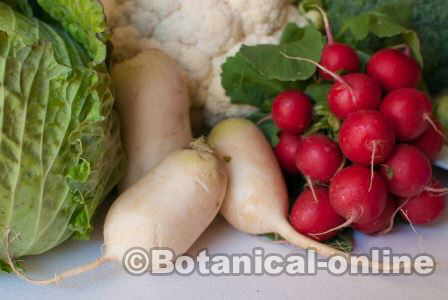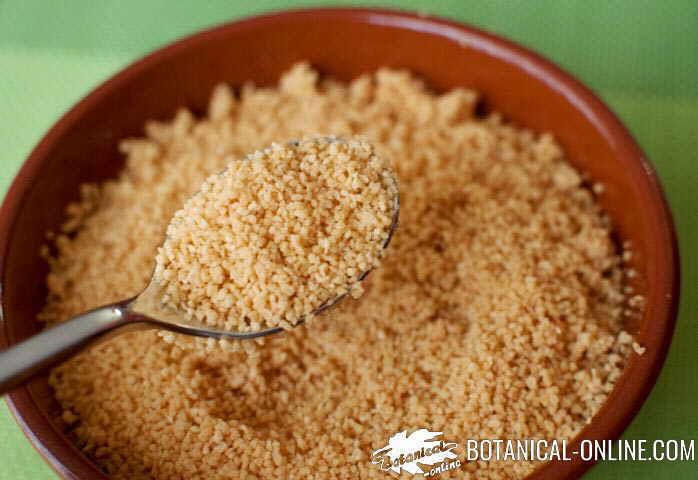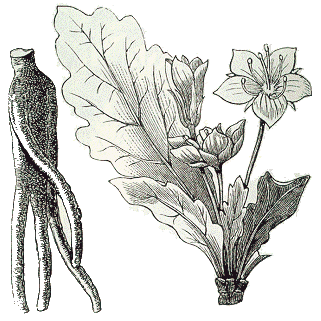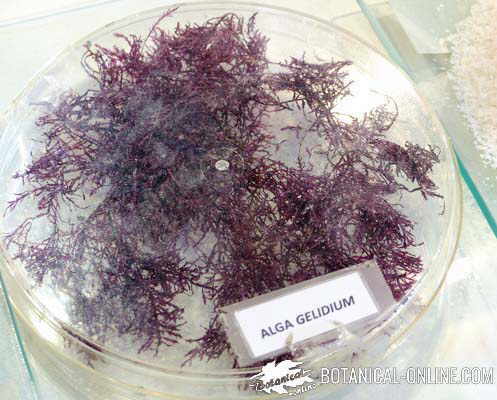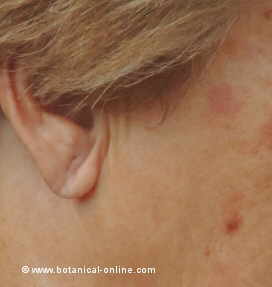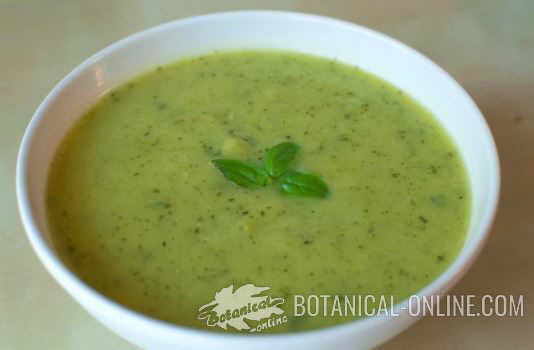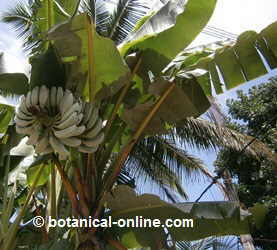Contents
What is a triticale plant?
Triticale (x Triticosecale Wittmack) is a cereal made by man through the hybridization of wheat and rye.
In fact, its name derives from the suffix composition of the two genres: Triticum (wheat) and Secale (rye).
Triticale was produced in order to combine quality, productivity and resistance to diseases of wheat, with vigor and resistance to adverse climatic conditions of rye.
Triticale origins
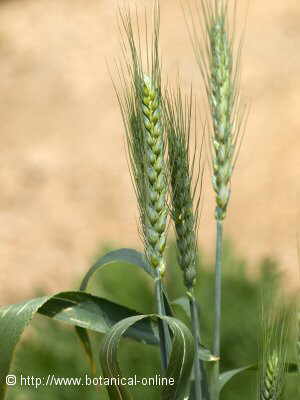
This cereal was born by accident, due to the natural crossing between wheat and rye, although from this they turned sterile plants. Initially it was an anecdotal event, and over time it was genetically researched how to get a fertile plant.
Triticale varieties
At the end of the year 1970, the first fertile varieties of triticale, the youngest cereal on the planet, emerged.
There are many varieties of triticale. Depending on the characteristics of each variety, triticale can be used for grazing, silage, hay, grain for animal feed, as grain for human feed and bioethanol can also be obtained from it.
Although initially thought of a new food grain, the truth is that currently, triticale is more successful as a cereal to feed livestock than as human food.
Triticale characteristics
From a cultivation point of view, it is a plant resistant to diseases and adverse climates.
Nutritionally, it has a lower fat content than wheat and rye, and exceeds the protein quality of wheat. Even so, triticale is not baking without the addition of wheat flour. It is a cereal WITH GLUTEN, so it cannot be consumed by people with celiac disease.
Triticale in food
- The seedlings, better known as sprouts, can be consumed fresh in salads, soups or stews.
- The whole grain is rare used in human food, although it is becoming more widespread due to the improved varieties that emerge. Some characteristics of the grain, such as its rough texture or filling, play against the performance of triticale both for its low yield in the extraction of flour and for its appearance.
Extruded cereal is also used for breakfast cereals, flakes, filaments and flakes.
- Triticale flour. Triticale grain can be ground for baking using the same methods used for wheat and rye. However, the extraction of triticale flour is 65%, depending on the variety, a percentage lower than the extraction of wheat flour.
Flour is a good source of vitamins (especially vitamin B1, vitamin B5, folic acid), minerals (magnesium, iron, phosphorus) and also has a higher amount of lysine than wheat. It’s an important characteristic since lysine is an essential amino acid that the organism cannot shyntesize.
Normally, the bread with triticale flour contain added wheat flour, without which it would not be possible to rise the dough. The percentage must be at least 60% wheat flour and 40% triticale flour.
Normally the bread with triticale flour carry added wheat flour, without which it would not be possible to raise the dough.
Bread made with these two flours is called tritibread, and has a higher nutritional value than wheat bread. This type of bread first appeared in the United States in 1974.
Bakery and biscuits made exclusively from triticale harden earlier than those made from wheat flour and are of the lower volume. This is due to the low strength of gluten, the high level of activity of the alpha amylase enzyme, and the low water absorption capacity.
Another important component in the quality of triticale flour are pentosanites. To illustrate their role in the quality of flours, pentosanas are a type of carbohydrate responsible for the fluffiness of rye bread, since rye is the cereal that contains the most pentosan in its flour.
For this reason, triticale flour is not currently used in bakery due to the low capacity of this flour to form bread.
| The importance of triticale flour lies in its excellent protein content, superior to that of wheat, which is a good option to enrich bread doughs, make cakes, wafers, cookies, bechamels, etc.. |
- Bulgur is a product normally made from wheat that is currently also available in triticale. It consists of grinding the previously boiled and dried triticale grain, from which the bran is removed and a food rich in carbohydrates and low in fiber is obtained, a kind of “coarse flour”.
- Triticale beer. The enzymatic level of the grain is important for the production of alcoholic beverages. Triticale malt has a high enzymatic power and is used in the production of distillates and beer.
Where to buy triticale?
- Diet and organic stores, as it is usually marketed for the most alternative food. Triticale is still a rare cereal, difficult to find in the usual stores, so normally we will have to order it.
- In gourmet stores we can sometimes find this young cereal, although it still has to make its place within the select food, since there are not many recipes in this regard. Again, we will probably have to order it.
- Online stores, the Internet ends up being the most practical remedy when we cannot find what we are looking for in the usual outlets.
Conservation of triticale
We must take care that the grains do not come into contact with wet or dirty surfaces. It is ideal that we place the cereal or flour in an airtight glass container, to prevent it from insects and moisture. Due to the hygroscopic property of flour, it is easy for it to absorb humidity or bad odors.
Triticale for animals
Due to the low bread-making capacity of triticale, and the low consumption of whole grains such as wheat, rye and triticale itself, this young cereal, for the the moment, has a better chance of success as food for pets than for humans.
In Algeria and Tunisia, most farm animals are fed triticale, forage, silage or grain. Specifically in Algeria, a 3-year study was carried out in which the productive performance of triticale in animal feed was compared to other cereals. The study concluded that triticale had higher forage productivity than wheat, oats, and barley; although it had a lower grain yield than wheat.
– Triticale has a lysine content higher than wheat. Lysine is an essential amino acid, which must be provided by the diet, important for the growth of animals.
Lysine is an essential amino acid, which should be provided by the diet. This is important for the growth of animals.
– Due to the genetic hybridization between wheat and rye, triticale amino acids are present in more balanced amounts than in their parents, making it more nutritious.
– The phosphorus content of triticale is higher than that of wheat. This is a special advantage for feeding monogastric animals with higher phosphorus needs: pigs, horses, rabbits and poultry.
In the latter case, for the feeding of birds it should be noted that triticale does not contain pigments (carotenoids and xanthophyll) such as corn.
In the latter case, for poultry feeding, it should be noted that triticale does not contain pigments (carotenoids and xanthophyll) like corn. For this reason, if you want to feed poultry with triticale to obtain eggs with yellow yolk or chickens with yellow skin, it is advisable to enrich the diet with pigments, corn gluten or ground dehydrated alfalfa.
– Due to its good palatability and digestibility, it is also suitable for feeding polygastric animals such as lambs and cattle.
![]() More information on triticale
More information on triticale

